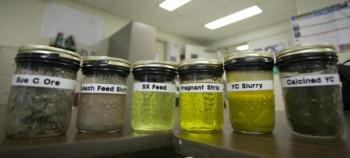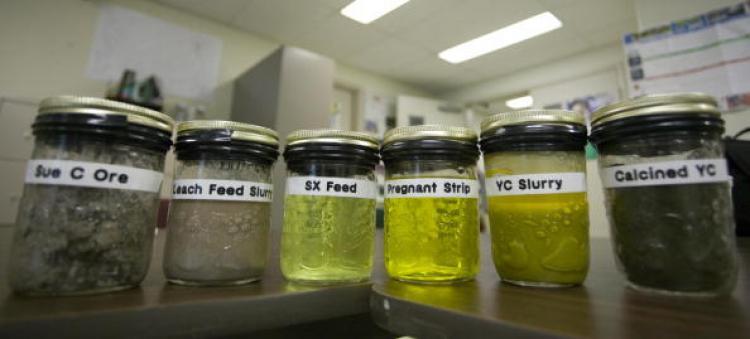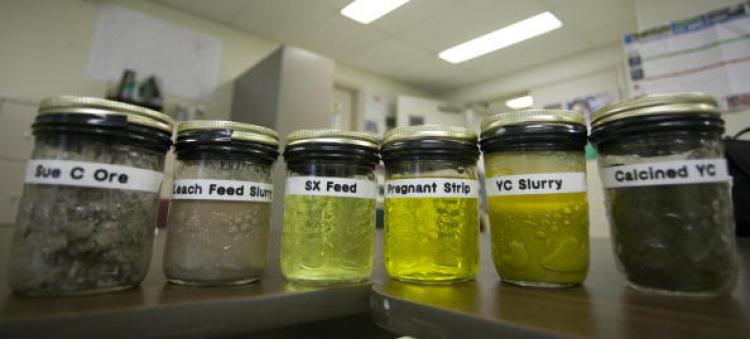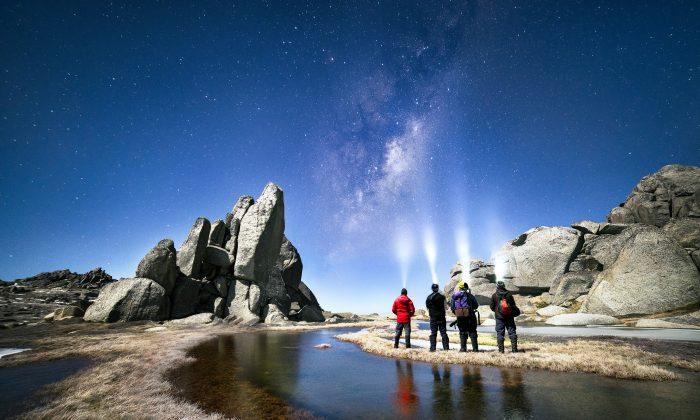The Australian Government has approved the expansion of a controversial uranium mine in South Australia, but environmental groups say the radioactive waste increase will greatly impact surrounding areas.
“Fundamentally, they have allowed the area of pollution from the Beverly mine to be expanded quite significantly,” ground water specialist Dr Gavin Mudd told The Epoch Times.
Environment Minister Peter Garrett, once a vocal opponent of uranium mining, approved the expansion of the Heathgate Resources Beverley Uranium Mine in South Australia this week.
Output will remain within the existing approved level of 1500 tonnes per year of uranium oxide, but will expand in area.
“A comprehensive, scientifically-robust and transparent process has been undertaken in the assessment of the potential environmental impacts of this mine expansion and I have given these matters thorough consideration before making my decision,” Mr Garrett said in a statement.
Controversial leaching process
Beverly mine is unique in Australia in its use of acid In-Situ Leaching (ISL) to extract the uranium.
The process, particularly suited to the geology of the area, involves the injection of acid chemicals into the ground in order to dissolve uranium ore stored in porous deposits. The ore is then sucked to the surface and waste water pumped back underground.
Mine operators say the process is beneficial to workers as the extraction occurs underground.
Toxic waste water that is returned underground will dissolve through a “natural attenuation” or dissolving process over time, they say.
Mr Garrett said he had been particularly concerned that the mine did not adversely affect groundwater in making his assessment, but was happy with the scientific advice he had received.
“The current comprehensive monitoring programme will continue and Heathgate Resources will need to clearly demonstrate that they are having no impact on water quality within the Great Artesian Basin or on aquifers outside the mining lease.”
“The way in which Heathgate Resources manages mining fluids and the disposal of liquid wastes has been confirmed by the CSIRO and Geoscience Australia as world’s best practice, and endorsed by the Chief Scientist,” he said.
Dr Mudd, a lecturer in environmental engineering at Monash University, says he has looked at the data from the Commonwealth Scientific and Industrial Research Organisation (CSIRO) and it is not convincing.
The Government’s expansion plans for the mine are a “blank cheque licence for pollution”, he said.
“Until they have got that data on the public record that has been independently verified by people who are independent and not subservient to the mining industry – until that’s done – I think they really have been given a blank cheque to leave groundwater in a much worse state than before.”
South Australian Greens Senator Scott Ludlam said the company had been vague about its mine plan and provided sketchy information to the minister.
“Essentially, the company has been allowed to expand the area that it is able to do that three- or four-fold,” he said.
“It should be completely unacceptable in this day and age.”
Environmentalists have been campaigning against the ISL process since it was first introduced into Australia 10 years ago.
Among their concerns is the level of chemicals used to dissolve the uranium.
According to ABC’s Catalyst, it takes 18 tonnes of sulphuric acid and a tonne of hydrogen peroxide to produce one tonne of yellow cake.
These, they say, along with the radioactive material, have the potential to flow through aquifers and into groundwater, increasing the spread of pollution beyond the mine area.
Australian Conservation Foundation (ACF) spokesman David Noonan said the lack of an effective programme to rehabilitate the area and deal with toxic waste water had long been a concern.
“They are conducting acid leaching and they are producing a very large amount of radioactive liquid waste,” he told The Epoch Times.
“Discharging all of it into the ground – with or without any required rehabilitation – in this new century?
“There is hardly any mining practice that would be allowed [anywhere] in the world where they don’t have to rehabilitate their primary impact on the environment,” he told The Epoch Times.
Mr Noonan said it was understood the mine would close within the next two years, but with the expansion announcement, it was likely the mine would remain.
“This would greatly increase its impact on surrounding regions,” he said.







Friends Read Free